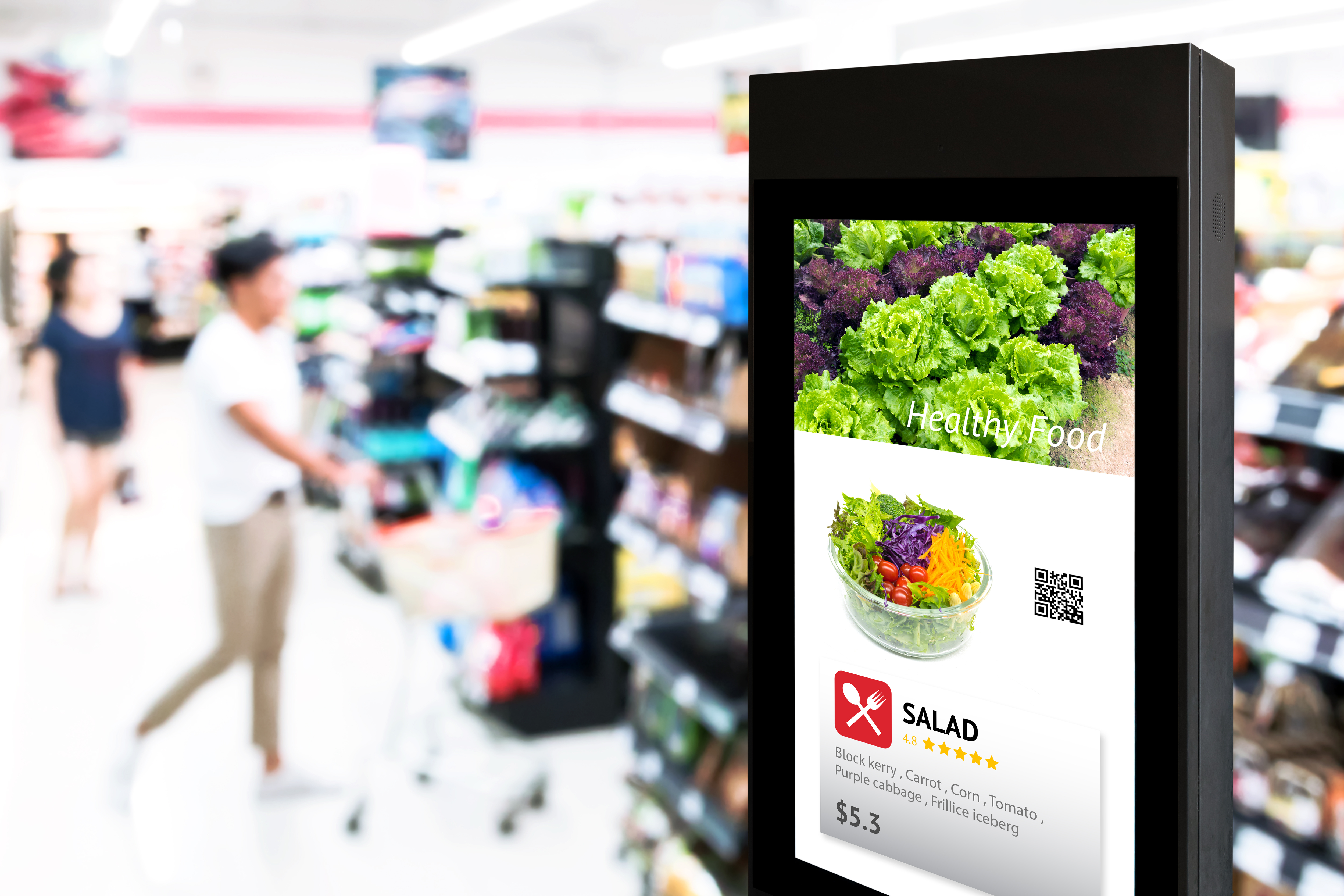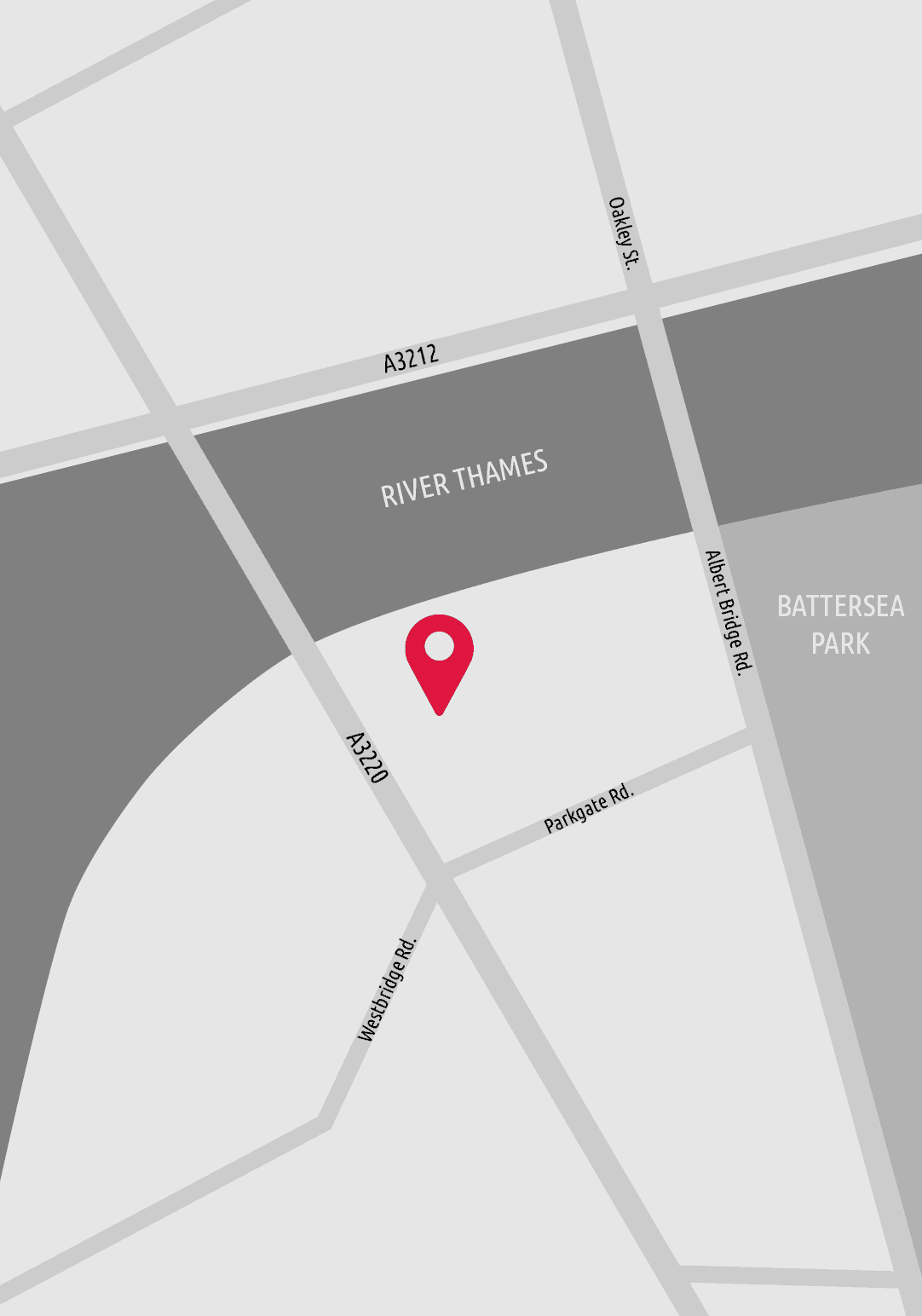The digital signage market is poised for substantial growth in the next five years with the retail sector leading the charge in adopting this technology. We chat with digital signage, marketing technology and retail experts Harry Horn of Scala and parent companySTRATACACHE, and Marco Salvetti of CKH IOD to find out how digital signage is changing the face of retail and what impact the technology will have.
The first part of 2020 has been extremely challenging for many industries, especially retail; how can digital signage help?
Marco: Indeed, it has been an extremely tough time for physical retail stores, and in some cases online as well, as the capacity hasn’t been in place to meet the increased online demand. As we go forward retail stores will reopen and digital signage will help bridge the online and offline world. Of course, it's not just all about the digital signs themselves but making content relevant by capturing the data, analysing it and delivering targeted information that engages the consumer and elevates the customer experience.
Harry: The good thing about the challenges retailers are facing specific to COVID-19 is that the technology is available now to immediately help with new challenges — including reopening, keeping staff and shoppers safe, distancing and occupancy management. Before the pandemic, digital signs were proving effective for personalising in-store experiences and driving in-store relevance; now they can be used as a way of informing shoppers of safety measures while in the store, which in turn promotes loyalty.
What do you think retailers will see as the standout benefit of digital signage solutions?
Harry: Putting COVID-19 considerations aside for a moment, we’ve seen that interaction on the shop floor is no longer a simple transfer of money and product. It's evolved into more of a customer experience. The consumer is more knowledgeable about products and expects more from retailers. They are looking for a one-to-one, personal approach, similar to what existed in the early days of retail where a single salesperson looked after all your needs. While this personal experience isn't possible during a global pandemic, retailers are looking for that fine line offering where they can match online marketing techniques – cross selling, upselling, offers based on purchase history – on the shop floor. Making that happen in a safe way in a bricks and mortar environment is crucial to today's retailers. A personalised experience that is also safe is going to drive repeat visits.
How is digital signage improving the customer journey?
Marco: There are different stages within the customer journey. Signage travels with the customer through that journey – from the shop window, to the browsing stage in store and finally to the purchasing stage. As they travel through the store, customers will interact with content that becomes more and more relevant to the individual. A critical element of the journey is then payment and delivery: seamless payment alongside simplified “delivery” and “pick up,” such as a distributed warehouse, will also drive the customer journey and bind customers to the brand.
Harry: Before the customer even begins their in-store shopping experience, sensor technology can help staff with occupancy management and, tied to digital signs, inform customers of entry wait times and safety measures. In a more general sense, on shop window screens, the messaging is short and to the point. The goal is to attract the right people into the store and inform customers of any restrictions. There the customer will encounter screens where they can learn more about certain products, make comparisons with other products and choose what's best for them. These lift-and-learn solutions mirror the guided selling principle where a customer is guided through a purchase without contact from another person. This increases customer satisfaction and leads to fewer returns. Finally, we get to the purchasing stage where there is always an upsell opportunity. So, we're saying to the customer, we know you and what you like, we recommend this other product to complement your purchase. It's all about maximising the customer experience.
What technological innovations are we going to see in digital signage in the coming years?
Marco: Machine learning and Artificial Intelligence will come into play and take personalisation even further. Retailers will be able to connect the dots with their consumers and deliver hyper-personalised content and offers.
Harry: In the future – and it is happening to a certain extent now – floor space will get smaller and occupancy management tools will be in place. Digital signs are going to inform and be increasingly personalised. Products that are low in emotion, such as windscreen wipers for example, will be replaced with smart interactive solutions where you can search and order the right wipers for your car. These will then be either put in a locker and delivered to your home or to a curbside pick-up location. In the US, curbside pick-up is proving extremely popular. Retailers started adjusting to a curbside pick-up model when store closures were forced, and we see a growing opportunity for the technology now that retailers have begun to implement this model.
What changes can we expect from the underlying technology ?
Marco: Naturally, we're going to see the screens getting sleeker with better definition but we're also going to see dramatic improvements in the computing element. The delivery of content will become faster as the computing power increases; database connections will be instant to enable relevant products to be presented to the right person seamlessly. The more data points accessed at a faster pace, the better shape the final message is in. This will take personalisation to the next level
What in-store trends do you expect to go mainstream?
Marco: Retailers are going to expand the customer experience and make it more immersive. This is where bricks and mortar retailers have the advantage over online retailers. They have the ability to trigger all the consumers' senses and digital signage and solutions will be a key differentiator here.
Harry: We're working with a large lingerie/swimwear chain which has invested in technology to transform the fitting room environment. In the fitting room consumers select their product or product category on a touch screen. Once they do that everything changes in the fitting room – lighting, music, even the smell changes! It's all about creating that immersive experience that Marco mentions; we're creating a completely different vibe and changing an anonymous fitting room into a key part of the customer journey. And again, because of the global pandemic, we also expect trends like occupancy management tools, curbside or click-and-collect solutions to be implemented to adhere to government guidance and social distancing standards.
Where is the digital signage market going to be in 10 years' time?
Harry: It will become more of a commodity and a necessity. Consumers will get used to the technology and will demand it from retailers. Right now, there is a good deal of scaling going on – some brands get it and jump aboard faster than others, while some retailers lag behind. Since the global pandemic began, many retailers had to implement more digital signage solutions to communicate with their customers in a safe way. To be competitive they will need to adopt the technology.
Marco: We're going to see a significant portion of marketing spend going into developing customer loyalty, and linking customer profiles with a brand or product line within a brand. Digital signage will be a critical tool for retailers to engage with the customer, get to know them and deliver hyper-targeted offers and products directly to them. This activity needs to happen across all of a retailer's communications platforms – there needs to be consistency across social media, website and digital signage. As a result of the global pandemic contingency, price is not going to be the only differentiator for mass market retailers; for consumers it's about finding the product that fits in with what they want, at the right time, at the right location and of course at the right price.





